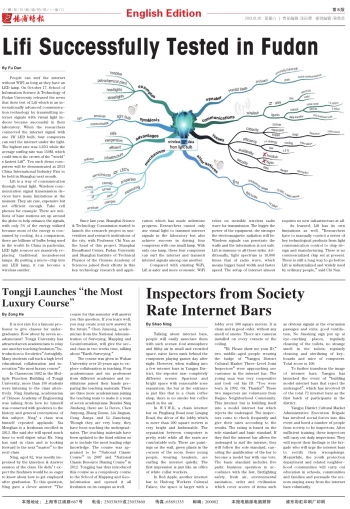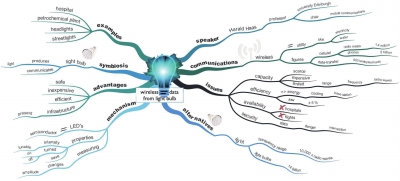People can surf the internet without WIFI as long as they have an LED lamp. On October 17, School of Information Science & Technology of Fudan University released the news that their test of Lifi which is an internationally advanced communication technology by transmitting internet signals with visual light indoors became successful in their laboratory. When the researchers connected the internet signal with one 1W LED bulb, four computers can surf the internet under the light. The highest rate was 3.25G while the average surfing rate was 150M, which could win it the crown of the “world’s fastest Lifi”. Ten such demo computers will be demonstrated at 2013 China International Industry Fair to be held in Shanghai next month.
Lifi is a way of communication through visual light. Wireless communication signal transmission devices have many limitations at the moment. They are rare, expensive but not efficient enough. Take cell phones for example. There are millions of base stations set up around the globe to help enhance the signals, with only 5% of the energy utilized because most of the energy is consumed by cooling. As a comparison, there are billions of bulbs being used in the world. In China in particular, LED light sources are massively replacing traditional incandescent lamps. By putting a micro-chip into any LED lamp, it can become a wireless emitter.
Since last year, Shanghai Science & Technology Commission started to launch the research project in universities and research institutions of the city, with Professor Chi Nan as the head of this project. Shanghai Broadband Center, Fudan University and Shanghai Institute of Technical Physics of the Chinese Academy of Sciences joined their efforts in this key technology research and application which has made milestone progress. Researchers cannot only use visual light to transmit internet signals in the laboratory but also achieve success in driving four computers with one small lamp. With only one lamp, these four computers can surf the internet and transmit internet signals among one another.
Compared with existing WiFi, Lifi is safer and more economic. WiFi relies on invisible wireless radio wave for transmission. The bigger the power of the equipment, the stronger the electromagnetic radiation will be. Wireless signals can penetrate the walls and the information is not safe. Lifi is immune to all these risks. Additionally, light spectrum is 10,000 times that of radio wave, which means bigger band width and faster speed. The setup of internet almost requires no new infrastructure at all.
As learned, Lifi has its own limitations as well. “Researchers have to manually control a series of key technological products from light communication control to chip design and manufacturing. There is no commercialized chip set at present. There is still a long way to go before Lifi is industrialized and widely used by ordinary people,” said Chi Nan.

